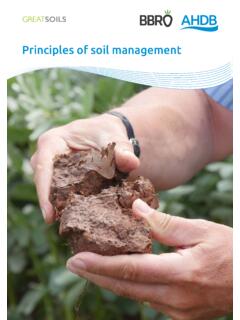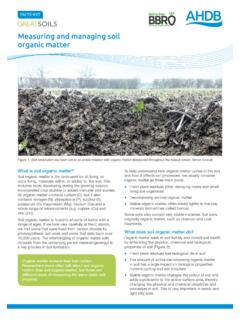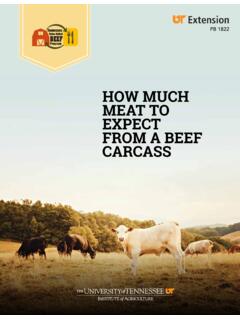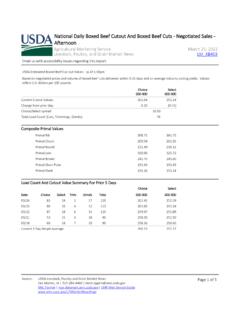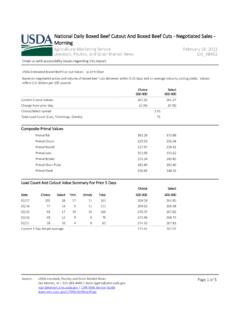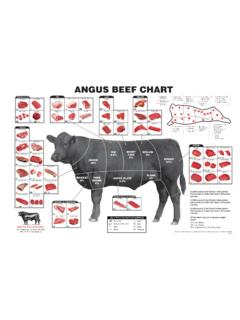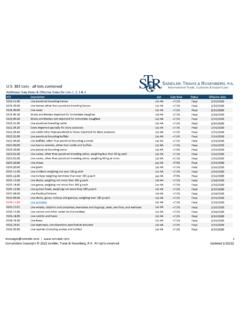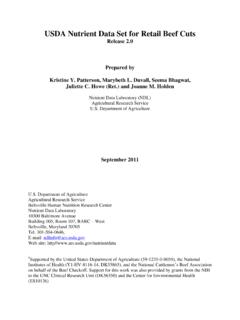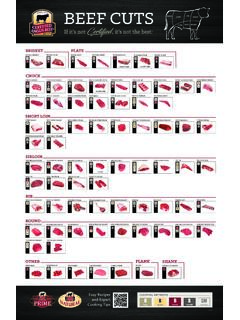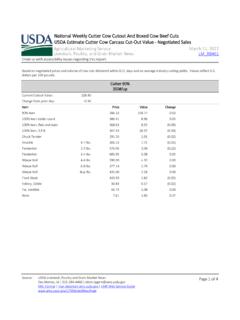Transcription of Beef yield guide - .NET Framework
1 beef yield guide Animal to carcase, to primals, to muscles 1. Contents Processing the beef carcase, 2 Processing the beef carcase, from farm to plate from farm to plate 4 beef primal cuts Waste/offal/by-products = 47%. 6 beef carcase classification Figures from a from a 600kg steer 7 beef carcase to primal cuts of average fatness R4L. yield information Product % of % of 11 Primals into individual muscles Animal = 100% kg carcase weight liveweight 12 Shoulder muscles Hide 14 Chuck roll muscles and cuts Hide Fat can be used directly with the meat1. 15 Fore rib muscles and cuts Lung fat 16 Brisket muscles Caul fat 17 Topside muscles KKCF Cod fat 19 Silverside cuts There is normally a home market for all these products 20 Thick flank muscles Skirt 21 Rump muscles Tail Kidneys 22 Fillet muscles and cuts Heart 23 Sirloin muscles and cuts Liver 24 Thin flank muscles Tongue incl trimmings Head & cheek meat incl.
2 25 Heel muscle and hind trimmings shin muscles Lips Edible co products2. Introduction Stomachs Feet Fit for human consumption The industry aim is to add value, use Lungs every part of the carcase and minimise Trachea (weasand) & trim wastage. This brochure has been Pizzle & testicles produced to help people working with Oesophagus beef to get a basic understanding about Sweetbreads (thymus) the yield figures from farm to plate. Other3. Traditionally, the carcase is divided into Spleen & pancreas Gall bladder hindquarter and forequarter primal cuts . Ears Each of these primal cuts is then cut Mandible into a range of individual cuts and Remainder muscles, from which weights have been Blood taken, to calculate the overall yield .
3 Gut & intestinal contents Remainder head: skull, Dick van Leeuwen 1. KKCF or can go as an edible co-product to be rendered for human tonsils, brain, eyes consumption, baking and frying, petfood, soap manufacture, AHDB Business Development Manager pharmaceuticals or biofuel. Spinal cord and Master Butcher 2. These products require further processing before they are fit for human Intestinal fat consumption. Intestines incl. fill 3. See Regulation (EC) No 1069/2009 and Total 2. Carcase = 53% Bone/fat/drip loss = 13% Edible meat = 40%. 3. Forequarter primal cuts Neck of beef (boneless) Chuck Roll Denver Muscle Underblade Muscle Underblade Fillet Fore Rib (bone-in).
4 1 2 3 4 5 6. Rib Eye Blade (Chuck Tender) Feather 2. 7. 3. 7 8 9 20. 1 6. LMC (single muscle) Baby LMC Clod Flat Muscle 4 5. 8. 14. 9. 10 11 12 12 19. 13. Clod Shin Muscle Shoulder Brisket Muscle Fore Shin 10. 11. 17. 16. 13 14 15 18. 15. Needle Flat Brisket Brisket Cap Muscle Forequarter Flank (bone-in). 16 17 18 19. 4. Hindquarter primal cuts Striploin Fillet Rump Cap (Picanha) Prime Rump Rump Bistro Muscle 20 21 22 23 24. Silverside Salmon Cut Topside 27 (without Salmon Cut) (Silverside Round). 22. 28. 24. 26. 25. 21. 23 25 26 27. 29 Tender Top Muscle Heel Muscle 36. (adductor). 34 33 32 30.
5 37 31. 38. 35 28 29. Hind Shin Prime Hind Shin Muscle Thick Flank (Knuckle) Centre Cut Muscle . Thick Flank 30 31 32 33. Rump Tail Thin Flank (boneless) Flank Skirt (Bavette) Goose Skirt Inside Skirt 34 35 36 37 38. 5. beef carcase classification Carcase assessment addresses conformation and fat. Fat cover is scored on a 1-5 scale. Conformation is Carcases within the following parameters assessed from E to P. Combining scores for conformation and fat determines the markets which cattle suit. can carry the Quality Standard Mark. emales under the age of 36 months are F. acceptable. They must not have been FAT CLASS Increasing fatness used for breeding or be in calf, they must Fat is determined by visual assessment of external fat cover.
6 There are five main classes. not be pregnant Classes 4 and 5 are subdivided into L (leaner) and H (fatter). Steers under the age of 36 months are acceptable 3. 1 2 4L 4H 5L 5H. Carcases must have a fat class of between 2 4H and have a conformation of E O+. For qualifying livestock 30 months or under: Maturation of 7 days is required on primals used for frying, roasting and grilling (from slaughter to the final consumer). E. or qualifying livestock aged between F. Improving conformation 30 36 months: Maturation of 14 days is required on primals used for frying, roasting and grilling (from slaughter to Conformation is determined by a visual appraisal of shape, taking into account carcase profile and fullness of legs.)
7 No adjustment The Quality Standard Mark Scheme the final consumer). Alternatively, one of U+. stipulates specific carcase classifications the post-slaughter processes to enhance for beef . Fat Class 2-4H, Conformation tenderness as outlined in AHDB beef &. -U E-O+, the optimum classification for Lamb Guidance to Meat Quality' can be better meat yield (see note on right). used, ie, Hip bone suspension or is made for the influence of fat on overall shape. electrical stimulation R Bulls must be no older than 16 months at slaughter. Primals used for frying, roasting and grilling must be subject to a minimum 14 days maturation CONFORMATION CLASS.
8 O+. (from slaughter to the final consumer). -O. P+. -P. 6. beef carcase to primal cuts yield information Neck of beef (boneless) Chuck Roll Fore Rib bone-in Flat Brisket Code: Chuck B033 Code: Chuck B002 Code: Forerib B001 Code: Brisket B001. Description: The neck is removed by Description: The chuck roll is a versatile muscle Description: The fore rib contains ribs 7, 8, 9 Description: Flat Brisket is boneless a straight cut parallel to the first rib and and can be used for a slow cooked roast, and 10 counting from the neck upwards. and highly trimmed, maximum fat through the junction of the 7th cervical and steaks or dice.
9 Maximum 60 mm tail. Maximum fat thickness thickness 10 mm. 1st thoracic vertebrae. 10 mm. Weight kg Weight kg Weight kg Weight kg Percentage of carcase Percentage of carcase Percentage of carcase Percentage of carcase Blade (Chuck Tender) Feather LMC (single muscle) Baby LMC. (Supraspinatus) (Infraspinatus) (Triceps brachaii caput longum) (Triceps brachaii caput laterale). Code: Chuck B008 Code: Chuck B010 Code: LMC B001 Code: FQ B004. Description: The blade is a forequarter muscle Description: The feather is a distinctive muscle Description: A cut from the shoulder with very Description: This cut is from the shoulder and and is ideal for slow cooking.
10 With lots of flavour. It contains a thick gristle running versatile usage. is situated next to the LMC. through the middle of the joint and, when cooked slowly, the gristle will turn into jelly. Weight kg Weight ` kg Weight kg Weight kg Percentage of carcase Percentage of carcase ` Percentage of carcase Percentage of carcase The information in this brochure is based on a 303kg carcase (side weight ), Classification R4H (after 2 weeks maturation). Therefore, the weights/percentages of cuts are intended to act as a guide only, as butchery techniques, carcase weights and types may vary from one business to another.
